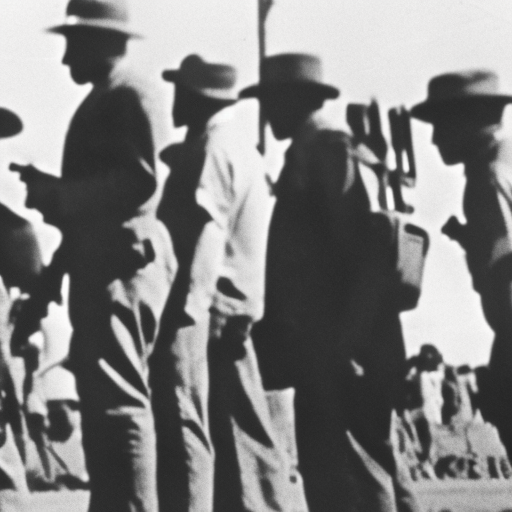Summary:
The Sharpeville massacre was a tragic event that occurred on March 21, 1960, in the township of Sharpeville, South Africa. Thousands of black South Africans gathered peacefully to protest against the apartheid pass laws, which required them to carry identification documents at all times. The protest turned violent when police opened fire on the crowd, resulting in the deaths of 69 people and the injury of hundreds more. The massacre marked a turning point in the struggle against apartheid and drew international attention to the oppressive regime in South Africa.
Background:
Apartheid was a system of racial segregation and discrimination enforced by the National Party government in South Africa from 1948 to 1994. Under apartheid, the rights and freedoms of black South Africans were severely restricted, and they were subjected to various forms of discrimination and violence. The pass laws were one of the most oppressive measures implemented by the apartheid regime. These laws required black South Africans to carry passbooks, which contained information about their identity, employment, and permission to be in certain areas.
The Protest:
On March 21, 1960, the Pan Africanist Congress (PAC), a political organization opposed to apartheid, called for a nationwide protest against the pass laws. In Sharpeville, thousands of black South Africans gathered outside the local police station, peacefully demonstrating against the pass laws. The protesters deliberately left their passbooks at home and presented themselves to the police station without them, challenging the authorities’ authority.
The Massacre:
As the crowd grew, tensions escalated between the protesters and the police. The police were outnumbered and felt threatened by the large gathering. In an attempt to disperse the crowd, the police opened fire on the protesters. They used both live ammunition and tear gas, causing chaos and panic among the crowd. The shooting lasted for several minutes, resulting in the deaths of 69 people, including women and children, and the injury of hundreds more.
Aftermath and International Response:
The Sharpeville massacre shocked the world and drew widespread condemnation of the apartheid regime. South Africa faced international isolation and pressure to dismantle apartheid. In response to the massacre, the United Nations Security Council held an emergency meeting and adopted Resolution 134, which condemned the South African government’s actions and called for an end to apartheid. The event also led to the formation of the United Nations Special Committee Against Apartheid.
Impact on the Anti-Apartheid Movement:
The Sharpeville massacre had a profound impact on the anti-apartheid movement within South Africa and abroad. It galvanized resistance against apartheid and led to an increase in protests and acts of civil disobedience. The African National Congress (ANC), the leading anti-apartheid organization, was banned by the South African government following the massacre. Many of its leaders, including Nelson Mandela, were arrested and imprisoned.
Legacy:
The Sharpeville massacre is remembered as a turning point in the struggle against apartheid. It exposed the brutality of the apartheid regime and highlighted the need for international action. The event is commemorated annually in South Africa as Human Rights Day, a public holiday that serves as a reminder of the sacrifices made in the fight against injustice. The massacre also played a significant role in mobilizing international support for the anti-apartheid movement and ultimately contributed to the dismantling of apartheid in South Africa.












